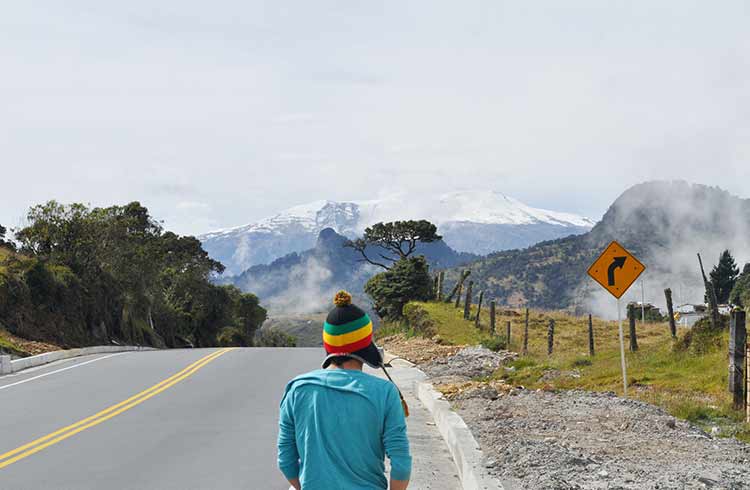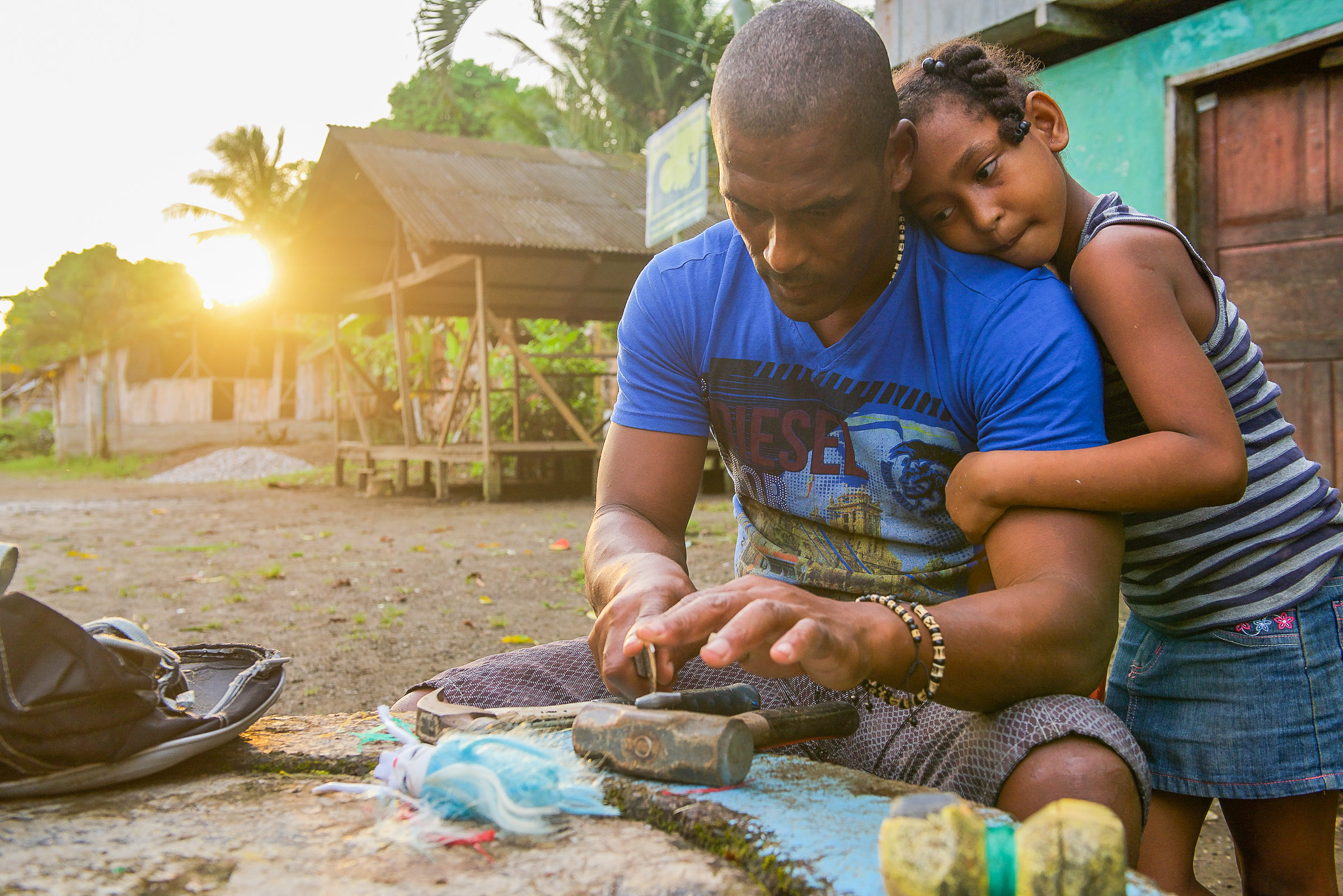Prepare for Weather and Natural Disasters in Colombia
Travelers should be aware of Colombia’s volcanic and seismic activity. Find out what to do if a natural disaster strikes, and the best time of year to visit this exciting South American destination.
 Photo © iStock/Natycubillos
Photo © iStock/Natycubillos
Colombia’s volcanic and seismic activity can cause the occasional natural disaster, but there's no reason to let it ruin your trip. Jacqui de Klerk identifies the best seasons to travel.
- Earthquakes and seismic activity in Colombia
- Volcanic activity in Colombia
- When to travel to Colombia?
Earthquakes and seismic activity in Colombia
Earthquakes and volcanic activity are the two major natural disasters that occur in Colombia, due to its location on the Pacific Ring of Fire.
Before traveling to areas with known volcanic activity, take note of any official warnings and advice from local authorities.
Volcanic Activity in Colombia
The most active volcano is Nevado del Ruiz in Los Nevados National Park, situated in the Coffee Zone.
The volcanoes Chiles and Cerro Negro in the department of Nariño are also on high alert, as they have shown increased activity since the earthquake that hit the area in 2014.
When is the best time of year to travel to Colombia?
Colombia has two rainy seasons, and they run from March to June and again from September to November. Colombia's hurricane season occurs from June to November, when flooding, landslides, and torrential rain can be a major concern, and disrupt travel plans.
Since 2015, Colombia has suffered from both the El Niño and La Niña weather phenomenon, with many departments severely affected by the water shortage and extreme rainfall.
Always check the weather forecast before you go hiking or outdoors to stay informed of travel warnings to certain areas, and stay up-to-date during periods of extreme weather conditions.
At higher altitudes, such as when traveling around Bogota, the weather can change dramatically, and temperatures are usually much cooler the higher the altitude. Make sure you pack a warm layer even if you are traveling to Colombia during warmer months.
Related articles
Simple and flexible travel insurance
You can buy at home or while traveling, and claim online from anywhere in the world. With 150+ adventure activities covered and 24/7 emergency assistance.
Get a quote
No Comments